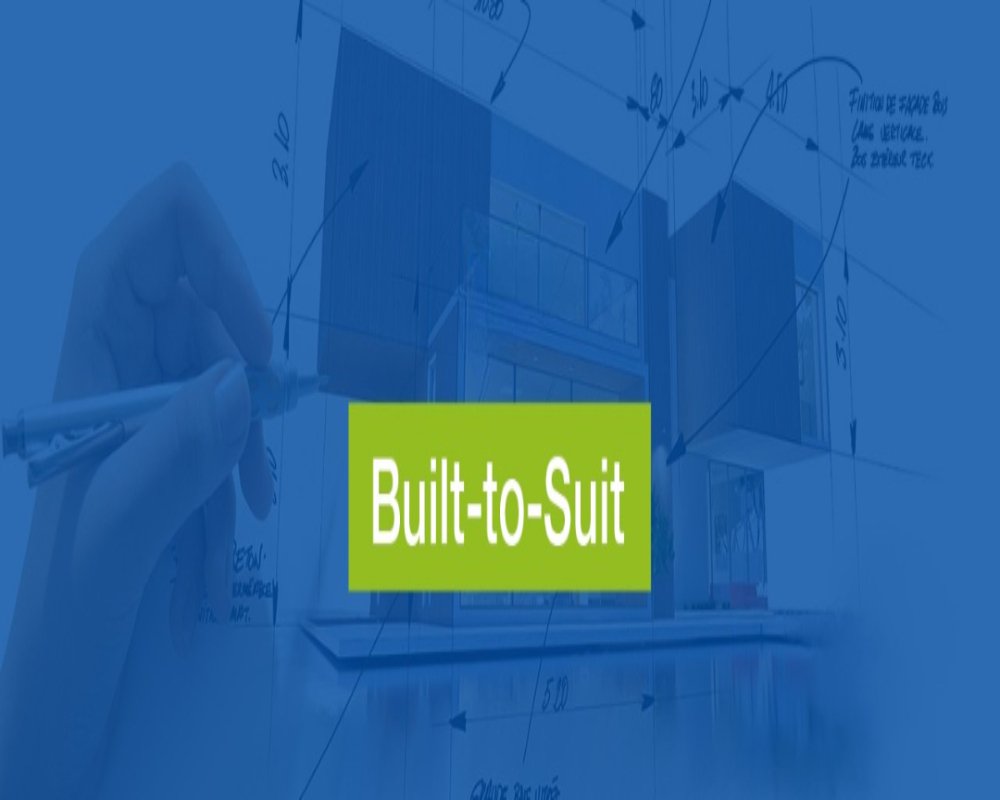Introduction
Build-to-suit (BTS) development is a customized real estate strategy in which a property is designed and constructed specifically to meet the needs of a particular tenant. Rather than leasing or purchasing existing space and adapting it, tenants engage with a developer to create a facility tailored to their operational, functional, and branding requirements. Build-to-suit opportunities offer significant benefits for both tenants and developers and are increasingly popular in sectors like retail, logistics, manufacturing, healthcare, education, and corporate office development. A detailed review of build-to-suit opportunities reveals their strategic advantages, potential risks, structural models, and market implications.
Understanding the Build-to-Suit Model
Build-to-suit development begins with a tenant identifying the need for a facility that meets unique operational specifications not readily available in the market. The tenant enters into an agreement with a developer who acquires the land, manages design and construction, and delivers the project either for lease or purchase. The entire process is guided by the tenant’s input on location, layout, size, architectural features, interior build-out, and utility infrastructure.
The build-to-suit model can take one of two forms: lease-based BTS and owner-occupied BTS. In a lease-based model, the developer finances and owns the property, and the tenant signs a long-term lease, typically ranging from 10 to 25 years. In the owner-occupied model, the tenant finances the project and assumes full ownership upon completion. Each structure serves different financial and operational goals.
Benefits for Tenants
One of the primary benefits of build-to-suit opportunities for tenants is the ability to create a space that aligns perfectly with business needs. Whether it’s specialized warehouse dimensions, advanced IT infrastructure, energy efficiency features, or brand-specific aesthetics, BTS projects allow for precision planning and integration from the ground up. This level of customization enhances operational efficiency and supports long-term business performance.
Tenants also benefit from avoiding the capital expenditure of owning real estate in the lease-based model. Instead, they commit to long-term occupancy without assuming the risks and responsibilities of property ownership. Moreover, new construction means reduced maintenance and lower operating costs, particularly when incorporating green building technologies and modern systems.
Advantages for Developers and Investors
For developers, build-to-suit offers a relatively secure and low-risk investment vehicle. With a tenant secured prior to construction, the developer mitigates speculative risk and ensures an immediate revenue stream upon project completion. The pre-commitment also makes BTS projects easier to finance, as lenders view the long-term lease or purchase agreement as a guarantee of project viability.
Developers gain the advantage of working closely with tenants, allowing them to design properties that are likely to be used intensively and well-maintained. Furthermore, the nature of the long-term lease agreements typical in BTS scenarios enhances the asset’s stability and attractiveness to institutional investors seeking dependable cash flows.
Market Trends and Sector Applications
Build-to-suit opportunities are especially prevalent in the industrial and logistics sectors, where specific requirements for clear heights, loading docks, truck courts, and automated systems must be accommodated. E-commerce companies, 3PL providers, and manufacturing firms often rely on BTS to build distribution centers near major transportation nodes.
In the corporate office sector, companies seeking branded campuses, technological integration, and wellness-oriented design opt for BTS to meet workforce and image goals. Similarly, healthcare providers use BTS for specialized outpatient centers, labs, and surgical facilities that require compliance with strict design standards.
In education, research, and institutional sectors, BTS allows for lab spaces, training centers, and innovation hubs tailored to pedagogical or research-specific requirements.
Challenges and Considerations
Despite its many advantages, build-to-suit development comes with certain challenges. One key issue is timeline and complexity. BTS projects typically require a longer lead time compared to leasing an existing space, as the design and permitting process can take months before construction even begins. This makes BTS less suitable for tenants with immediate space needs.
Another consideration is the cost structure. Because the space is highly customized, construction costs can be higher than those of spec buildings, and the tenant must commit to long-term occupancy. Lease rates are generally fixed over the term, and early exit options are limited. Therefore, tenants must be confident in their long-term space requirements and financial capacity.
From the developer’s perspective, the customization and tenant collaboration process demands strong project management and flexibility. If the tenant’s requirements change mid-way, the developer may face design revisions, timeline extensions, or budget increases. In addition, the resale value of the asset may be limited by its customized nature unless it can be adapted for future tenants.
Key Elements of a Successful Build-to-Suit Agreement
A strong BTS arrangement is anchored by a well-drafted agreement that outlines the roles, responsibilities, cost allocation, construction milestones, performance standards, and occupancy conditions. Common elements include:
- Detailed design specifications and tenant approval processes
- Construction timeline and delivery schedules
- Cost-sharing mechanisms, especially for tenant-specific improvements
- Rent commencement triggers and escalation terms
- Ownership structure and end-of-lease options (e.g., renewals, buyouts)
Close collaboration between architects, engineers, contractors, and tenant representatives is essential to maintain alignment and avoid disputes during execution.
Conclusion
Build-to-suit development is a strategic real estate solution that delivers customized, efficient, and long-term space for tenants while offering stable, low-risk returns for developers. It is especially valuable in sectors where space requirements are specialized and existing inventory cannot meet operational needs. Though it involves complex planning and long timelines, the benefits of precise space alignment, cost predictability, and operational efficiency make BTS an attractive model for modern real estate development. With rising demand for user-focused spaces and technological integration, build-to-suit opportunities are likely to play an increasingly important role in shaping future commercial, industrial, and institutional real estate landscapes.
Hashtags
#BuildToSuit #RealEstateDevelopment #CommercialRealEstate #PropertyInvestment #CustomConstruction #TailoredSpaces #BusinessGrowth #RealEstateOpportunities #InvestmentStrategy #SiteSelection #CommercialProperties #ConstructionTrends #BusinessExpansion #RealEstateMarket #PropertyDevelopment #LeaseOptions #UrbanDevelopment #CommercialLeasing #RealEstateInsights #BuildToSuitSolutions


